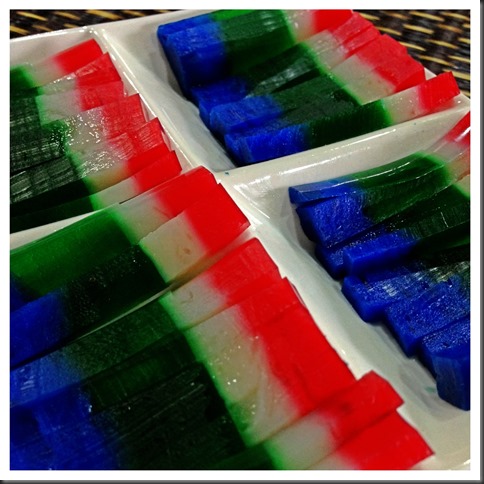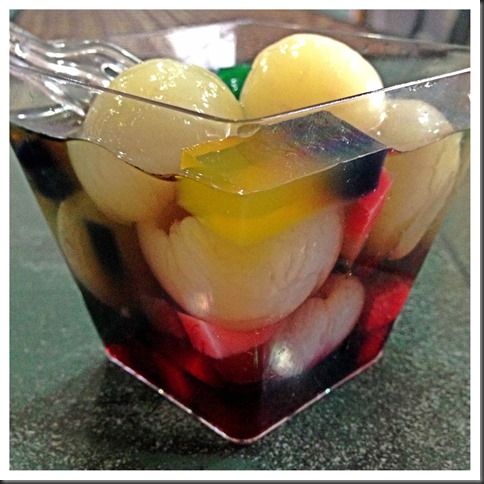
INTRODUCTION
Guaishushu told himself, once in a while playing with colouring is okay since he did not have a chance to colour since after schooling.
Two months ago, he “accidentally’ brought a full set of colouring intended for icing decoration for about SGD 30 and he thought that it’s only SGD3. By hook and by crook, he wanted to use up some of his colouring and he knew that the only colour that he really needed and always used is the red colour for the preparation of red eggs during his kids’ Lunar calendar birthday celebration. Besides making the red eggs, he really don’t know what to do with these colourings!

One day, when he was browsing his Flipboard application in iPhone, he saw some rainbow loaf which is extremely beautiful but he is hesitant whether or not he should proceed to prepare this since it will need a lot of colourings.
Though it is generally not encouraged to consume too much food with colouring, but there should be government regulations that governed the import of permitted food colourings. If it is hazardous to health, he shouldn’t be able to get it in this “efficiently administered” country, Singapore. He searched the manufacturer Wilton LLC, apparently, it is an USA well established company set up in 1929. He told himself he is just a commoner, if this company had been established for so many years, their products must have been used by many people in the world and he should not casting doubt on its product reliability! In this thinking process, he gradually convinced himself that it is acceptable for him to prepare the bread!

He knew that if he bake the bread, he will have nothing to worry about the “marketability” of his rainbow loaf as his kids will definitely fight for the bread. While he was struggling to make a decision, he certainly thought of a blog “Bake for Happy Kids” by Ms. Zoe. Her blog title is correct, he should bake to make his kids happy!
This post is about rainbow raisin and cranberry loaf. Guaishushu aims are to share about the making of rainbow loaf and raisin loaf. Therefore if readers are not fond of making the rainbow loaf, he can just make the raisin loaf instead.
WHAT IS REQUIRED
This recipe was adopted from the Sarawak buns recipe here and some of the picture are in the above mentioned post.


THE PROCESS OF MAKING RAISIN AND CRANBERRY RAINBOW LOAF
This illustration will use the Tangzhong method of bread making and it involved 4 stages in the following orders:
Part 1 – Making the Tanzhong (Water Roux)
Part 2 – Preparing and Colouring the Dough for the 1st Proofing
Part 3 – Wrapping of Cranberries and Raisins and 2nd Proofing
Part 4 – The Baking Process
Part 1 – Making the Tanzhong (Water Roux)
PLEASE REFER TO THIS POST for the making of Tanzhong and reasons and history of Tanzhong.
Part 2 – Preparing and Colouring the Dough for the 1st Proofing



Colour Selection
For this pictorial illustration, the colours that I have selected was in this order (from left to right and eventually from the top level to the bottom level):
Lemon Yellow – Golden yellow – Pink – ”No-taste” Red – Kelly Green – Royal Blue – Violet

Part 3 – Wrapping of Cranberries and Raisins and 2nd Proofing



Part 4 – The Baking Process


-
At about 35 minutes or when you start to smell the aroma of the bread, use an oven thermometer and insert into the bread and see if the temperature inside the loaf is more than 90 degrees Celsius. If it is less than 90 degrees Celsius, your bread will not be cooked and it is likely that when you take out the thermometer, there will be some wet dough stick with your thermometer. In this case, continue baking until when you inserted again the oven thermometer, the thermometer shows at least 90 degrees Celsius. If you find that the top starts to turn brownish, you can lower the temperature by 10 degree Celsius. General rule of thumb is that if you are unsure, rather bake slightly longer than under cooked.
-
If you don’t have an oven thermometer, one way of testing is after about 45 minutes (which is a reasonable timing for this size of loaf), take out the loaf from the loaf tin and try to use your finger to knock the bottom of the loaf. If it is a hollow sound, your loaf is cooked, otherwise, the loaf is uncooked. Put it back into the loaf tin and continue baking for another 10-15 minutes until you are certain that the dough is cooked. Again, if the top layer has signs of getting burnt, lower the temperature slightly.

Note that the LOAF IS NOT BURNT. The dark brown color is the color of the violet dough on the side of the loaf.

CONCLUSION
While too much food colouring is not advisable, I choose to believe the Government’s stand on permitted food colouring. As long as consumption is not too often, such colouring shall not post a/any serious health hazard to our body.
While I am making this loaf, the kids were schooling. When they were back, I asked them to close their eyes and show it to them, “wow” are their reactions! They can’t believe that I am baking this loaf. They have requested to eat a piece of the bread but rejected by me because dinner is to start in 10 minutes time. In their mind, the loaf will definitely much tastier! Once in a while, why not bake your kids something “extraordinary” and joined them for a rainbow breakfast! Trust me, it will definitely a “colourful” and “fruitful” breakfast!
Hope you like this post on Cranberries and Raisins Rainbow Loaf. Have a nice day ahead and cheers.


I am submitting this to Welcome To All My Bloggy Friends and #Recipeoftheweek


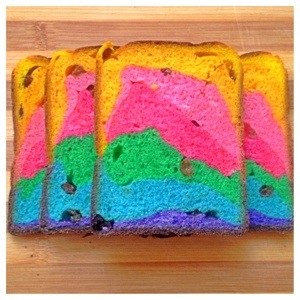

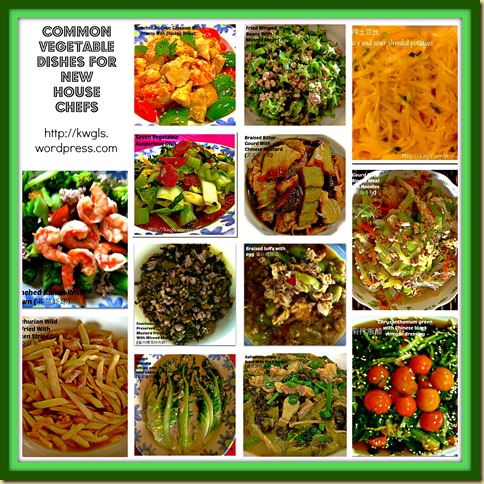













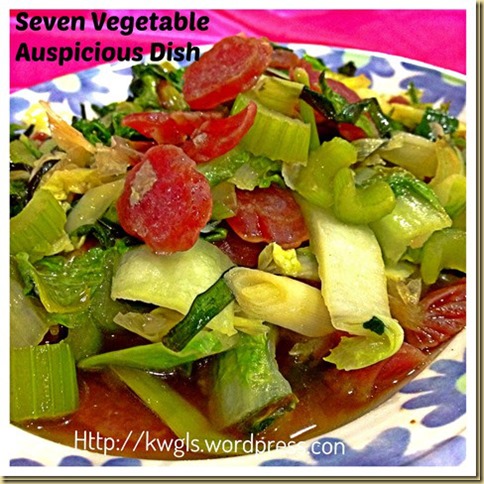
![group-board-picture72222222222222222[1][2] group-board-picture72222222222222222[1][2]](https://kwgls.files.wordpress.com/2014/03/group-board-picture72222222222222222121.jpg?w=490&h=249)








